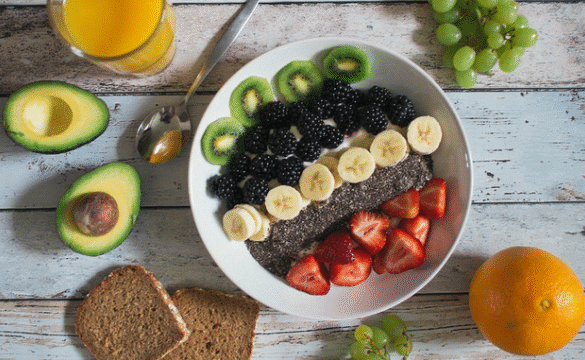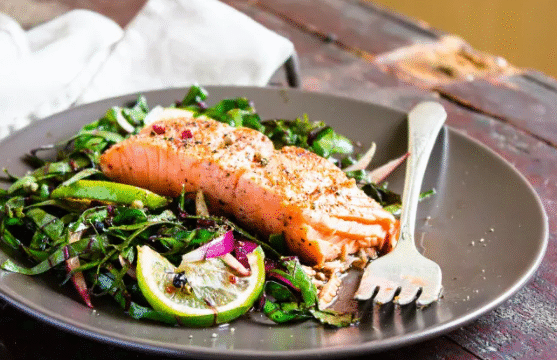Making fitness goals part of your daily routine is one of the most powerful ways to create lasting change in your health and well-being. Many people start with enthusiasm, but find it challenging to stay consistent once life gets busy. The truth is, fitness goals work best when they blend naturally into your everyday schedule rather than feeling like an added task. With a little planning, patience, and friendly intention, your goals can become a comfortable part of your lifestyle—something you look forward to instead of something you feel pressured to do.
The first step to making fitness goals part of your routine is to start with simplicity. It’s easy to set ambitious goals at the beginning, but when goals feel overwhelming, motivation can fade quickly. Instead, focus on small, realistic actions that fit smoothly into your day. You might begin with a short walk each morning or a few stretches before bed. These small moments help build momentum. Over time, they turn into habits that no longer require much effort or thought. The more natural your fitness activities feel, the more consistent you’ll become.
Another key to success is choosing activities that you genuinely enjoy. When exercise feels like a chore, it becomes harder to maintain long-term commitment. Think about what type of movement makes you feel good—whether it’s dancing, swimming, cycling, yoga, or even gardening. When you enjoy what you’re doing, you’ll naturally want to keep doing it. Enjoyment turns effort into energy, and that energy becomes the fuel that keeps your routine alive.
Consistency is the heart of any lasting routine. However, consistency doesn’t mean perfection. It’s not about exercising every single day without rest—it’s about showing up regularly enough that it becomes part of who you are. The best way to build consistency is to schedule your workouts just like any other important appointment. Choose times that suit your lifestyle and protect them as moments dedicated to your well-being. Whether it’s early morning, during lunch, or in the evening, a set schedule helps make fitness a normal part of your daily rhythm.
Preparation also plays an important role in maintaining a fitness routine. When you plan ahead, it reduces the likelihood of skipping your goals. Setting out workout clothes the night before, preparing a water bottle, or writing down a quick plan for the next day helps you start without hesitation. These small steps remove mental barriers and remind you of your commitment. The easier it is to begin, the more likely you are to stay consistent.
It can also help to connect your fitness goals with existing habits. For example, if you already have a morning coffee routine, consider adding five minutes of stretching before or after. If you enjoy listening to music or podcasts, pair them with a walk or light workout. Linking new goals to familiar habits makes it easier for them to stick. Over time, your mind starts associating these moments with activity, and they become a natural part of your routine.
Progress is another key motivator for consistency. Tracking your improvements helps you see how far you’ve come and keeps you inspired to continue. You don’t have to record every detail; even simple notes about how you feel or what you’ve accomplished can boost motivation. Maybe you notice you can walk longer, feel less tired, or have more energy during the day. Recognizing these changes reminds you that your efforts are paying off. Progress, no matter how small, encourages you to stay committed.
A friendly approach to fitness also includes flexibility. Life can be unpredictable—some days will be busier or more tiring than others. Instead of feeling discouraged when your plans change, adapt your routine to fit your situation. If you can’t complete your usual workout, try a shorter one, or simply go for a walk. Flexibility helps maintain momentum without creating guilt. The goal is to keep moving forward, even if the pace varies from day to day.
Another important part of making fitness goals part of your routine is setting a clear purpose. Ask yourself why you want to achieve these goals. It might be to feel stronger, have more energy, improve your mood, or simply take better care of your health. When your goals have meaning, they become easier to prioritize. Your motivation deepens because you are not just chasing numbers or appearance—you are working toward a better quality of life.
Building a supportive environment also helps you stay consistent. Surround yourself with people who encourage your goals. This might include friends who share similar interests, a workout partner, or even a supportive online community. When you have others who celebrate your progress and motivate you, it strengthens your commitment. Support makes the journey more enjoyable and less isolating, reminding you that you are not alone in your efforts.
Rest and recovery are equally important in any fitness routine. When your body has time to recover, it grows stronger and more resilient. Scheduling rest days is not a sign of weakness—it’s part of the plan. Listen to your body and give it the care it needs. Adequate sleep, balanced nutrition, and moments of relaxation help you stay energized for your next workout. A balanced approach keeps your routine sustainable and enjoyable.
Confidence plays a major role in turning goals into habits. When you believe in your ability to succeed, you approach your routine with enthusiasm instead of hesitation. Confidence grows each time you follow through with your intentions, no matter how small the step. Celebrate your consistency rather than only focusing on the end result. Every time you keep a promise to yourself, you strengthen your trust and motivation.
It’s also helpful to periodically review and adjust your goals. As you progress, your needs and abilities will evolve. What once felt challenging may soon feel easy. This is a positive sign—it means your body is adapting and improving. When that happens, you can gently increase your goals, such as adding a few extra minutes to your workout or trying a new activity. Adjusting your routine keeps it fresh, interesting, and effective.
A strong mindset supports a strong body. Practice positive thinking by focusing on what you’ve achieved rather than what you haven’t. Fitness is not about perfection but persistence. Remind yourself that effort matters more than intensity. Even on slower days, you are still moving forward simply by showing up. Over time, this mindset helps you stay calm, confident, and committed to your goals.
Making fitness goals part of your routine also requires self-kindness. There will be moments when you feel tired, distracted, or unmotivated. Instead of being hard on yourself, treat those moments with understanding. Rest when you need to, and return when you’re ready. Consistency grows through patience, not pressure. The more compassionate you are with yourself, the more likely you are to stay consistent in the long run.
In the end, fitness becomes part of your life when it feels natural, enjoyable, and meaningful. You no longer think of it as a task but as something that enhances your day. Each small choice—whether it’s walking instead of sitting, stretching before bed, or taking the stairs—adds strength, energy, and confidence to your life.
When fitness becomes part of your routine, it’s not about doing more; it’s about doing what feels right for your body and mind. The journey is not about perfection but progress—steady, gentle, and personal. By starting small, staying consistent, and embracing flexibility, you create a rhythm that fits your lifestyle effortlessly.
Over time, these friendly habits build into something powerful. You feel stronger, more balanced, and more capable in every area of your life. Fitness becomes less about effort and more about enjoyment. With patience and consistency, your goals turn into daily habits that support your health naturally. That is the beauty of making fitness goals part of your routine—it becomes a way of living, not just something you do.
Would you like me to create an SEO-enhanced version of this article with search-friendly title, keywords, and a meta description suitable for AdSense approval?






